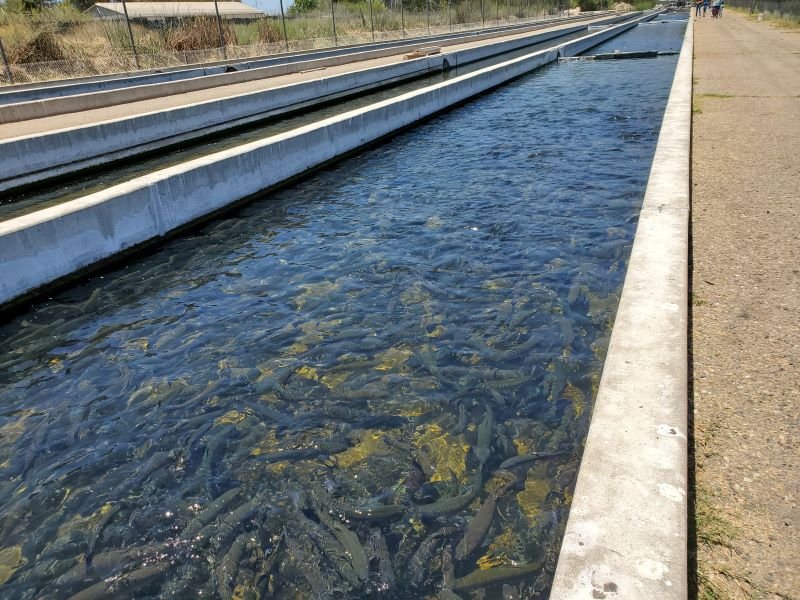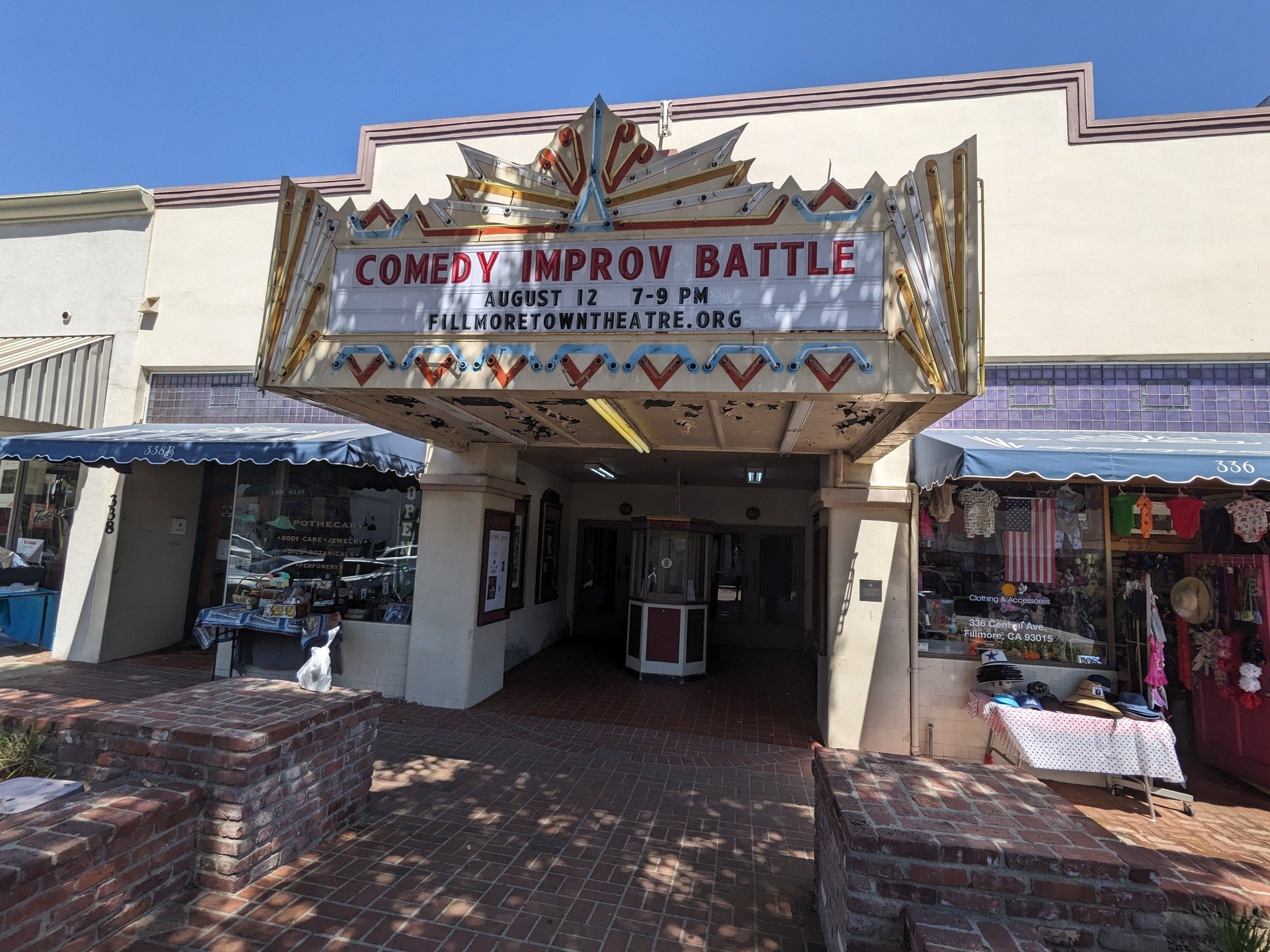The Fillmore Historical Museum is located at 340 Main Street. Stroll through the Craftsman-style Hinckley home built in 1905 and filled with antique furniture, kitchen items, pump organ and Dr. Hinckley's dental office. Allow time to tour the 1919 Sespe Bunkhouse, a building full of Fillmore history and originally used as a dormitory by farm workers.
Other history on display includes orange and lemon industry history dating back to 1900, military, police and fire department memorabilia, Native American artifacts, Fillmore insectary, antique clothing and toys and more.
The Southern Pacific Railroad Depot, a functioning depot from 1887 to 1970 is also located on site, located adjacent to the Hinckley house. This Depot was designated Ventura County Historical Landmark #48, designated in May 1979. When the Southern Pacific Railroad finished its line between Ventura and Los Angeles in 1887, Fillmore, named after Southern Pacific's West Coast superintendent, Jerome A. Fillmore, was established at the only train stop in the Santa Clara Valley. The town of Fillmore was subsequently founded in 1888 and incorporated on July 10, 1914.
An original Barksdale post office from the late 1800s is also on the site.
As of May 2013, the Museum is open Tuesday to Friday from 9 am to 4pm and Saturdays 10am to 3pm. Donation is Family $10, Adults $4, Students $2 and Children under 5 years, free. Call 805.524.0948 to confirm hours. Visit www.fillmorehistoricalmuseum.org to learn more.








